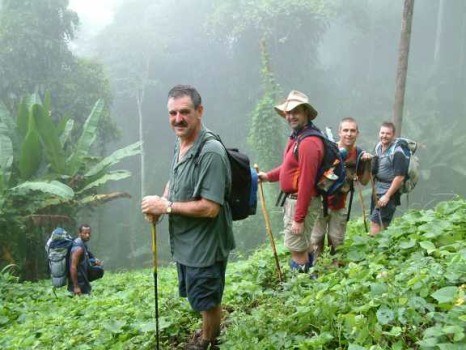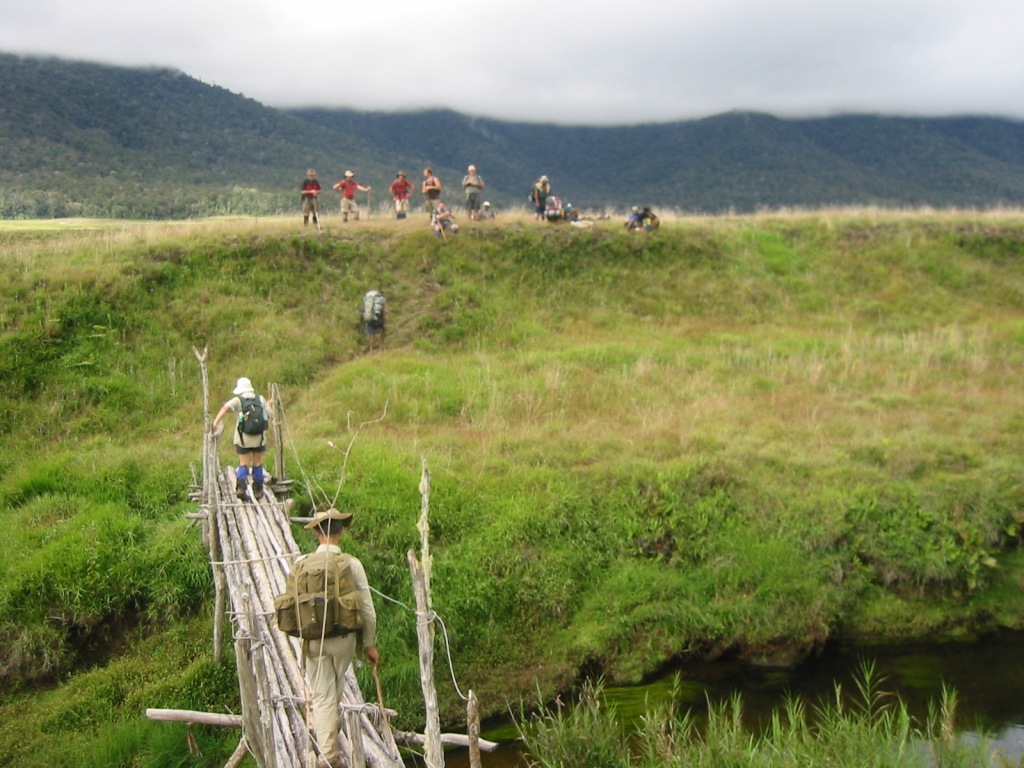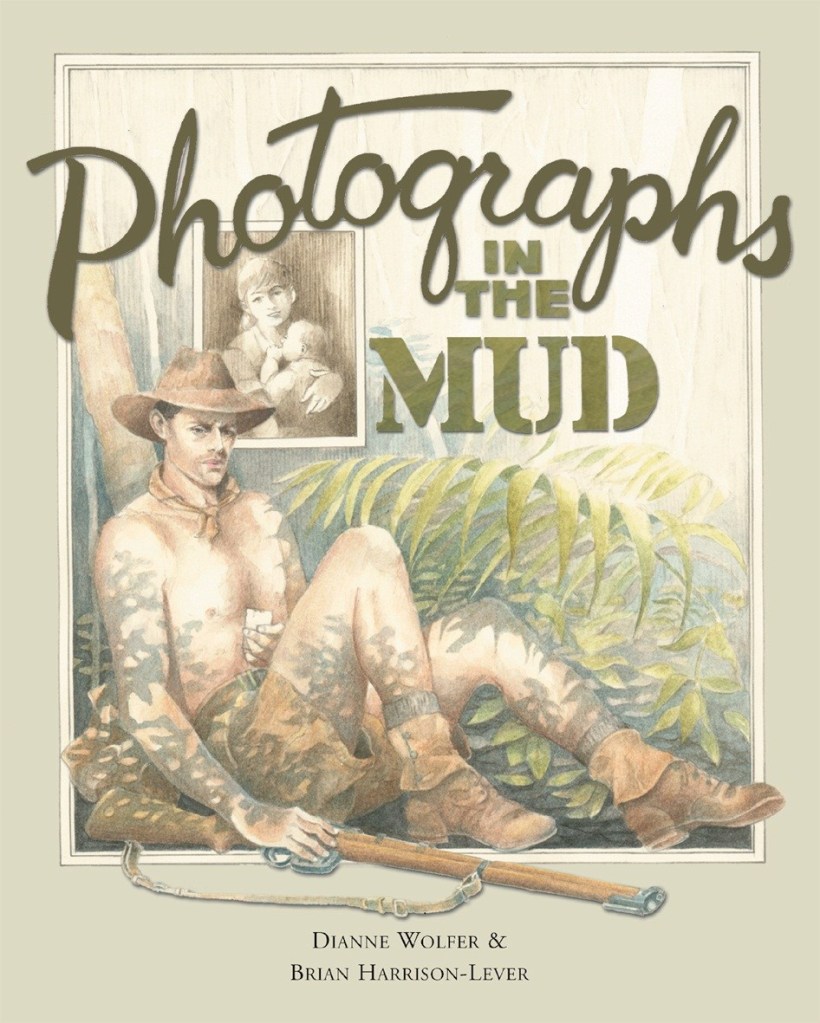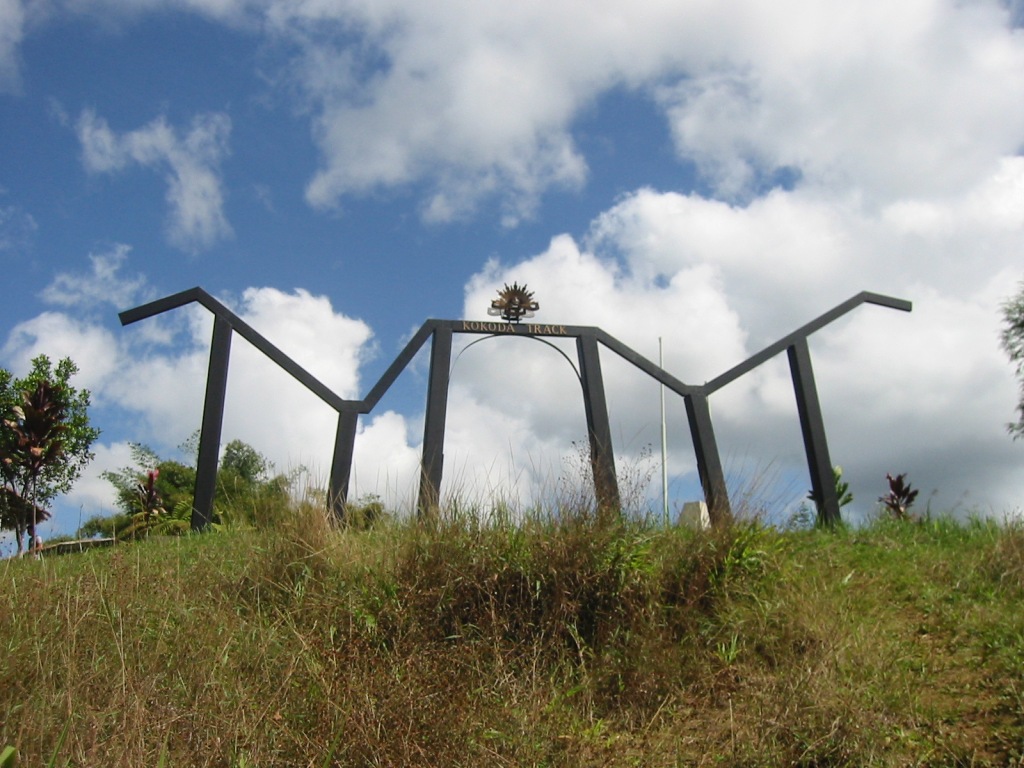2017 is the 75th anniversary of WW2 battles along Papua New Guinea’s Kokoda Track. As part of their Serial Reading programme, in Term Two the West Australian newspaper’s ED! supplement will be serialising my picture book Photographs in the Mud.

The story set in 1942, explores Kokoda from two perspectives; through the eyes of an Australian soldier and also from a Japanese soldier’s point of view. The book was inspired by a story I heard during my 2002 trek from Kokoda airstrip across the Owen Stanley range to Ower’s Corner (near Port Moresby). During one bloody battle, two soldiers locked in combat, rolled down the steep mountainside away from the main battle. They found themselves alone and injured in a jungle ditch. This moment and the imagined aftermath became the core of my story with a theme of common humanity.
Although mostly fictitious, Photographs in the Mud was inspired by an incident experienced by Kokichi Nishimura, a soldier of the 2/144th Regiment of the Imperial Japanese Army. Mr Nishimura’s amazing life story, including his return to PNG to collect the bones of war dead, was later explored in Charles Happell’s The Bone Man of Kokoda.
My picture book, published in 2005 by Fremantle Press and illustrated by Brian Harrison-Lever, has been utilised as an international peace reference. It’s suitable for middle primary readers through to senior high school and is often used in visual literacy units. Teaching notes and more details, including photos of a much younger me, can be found on my website.






